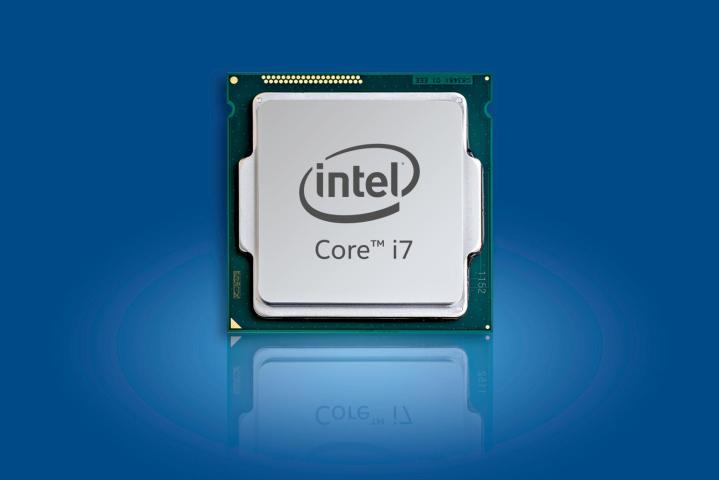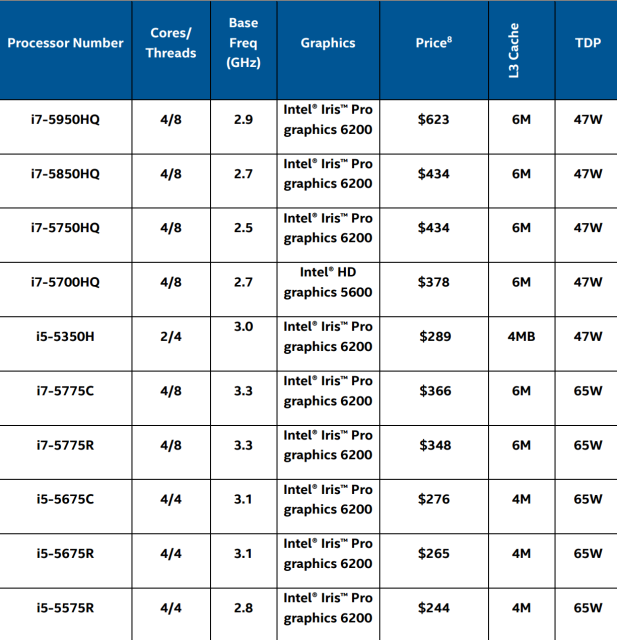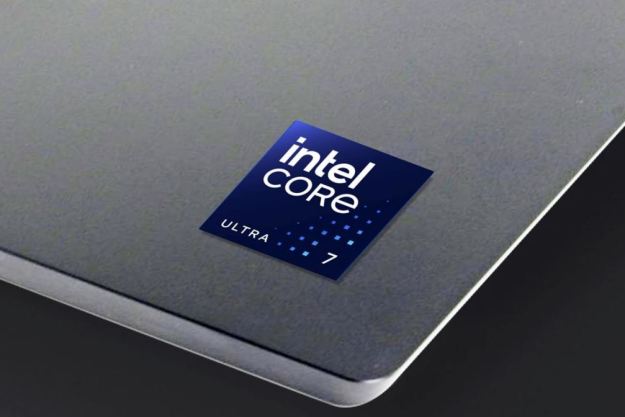
While enthusiasts will no doubt be happy to hear about new desktop processors, they may be disappointed to learn only two, the Core i5-5675C and Core i7-5775C, fit the LGA 1150 socket. The other three desktop chips are BGA, which means they’re not socketed and used only by manufacturers. Both LGA chips are unlocked, though, for easy overclocking.
Intel’s Iris Pro 6200, by the way, is a new IGP. Intel says it can run League of Legends at 1080p and high settings at 147 FPS, or World of Warcraft at 1080p and 61 FPS with medium settings.
They desktop Core chips are joined by new Xeon E3 quad-cores. These are not meant for consumers and won’t show up in consumer systems, but are still notable because they are the first Xeon chips to prioritize Intel integrated graphics. Rather than Iris Pro 6200, they offer Iris Pro P6300, found only in these Xeons. Unlike the Core desktop parts, these Xeon chips cover a variety of power envelopes.
Also new are the first 5th-generation Intel mobile quad-cores, numbering four in total. They’re essentially what you’d expect; four physical cores with Hyper-Threading for eight threads in total. They all run within a 47 watt Thermal Design Power and most have Intel Iris Pro 6200 graphics, though the i7-5700HQ makes do with Intel HD 5600.
There’s an odd man out, the Core i5-5350H. This is actually a dual-core mobile chip, but with a high clock speed, and Intel Iris Pro 6200 graphics.
Up until now it wasn’t clear if Intel would bother to release 5th-generation desktop chips. The 6th-generation is advancing quickly, making it likely these new desktop options will have a shorter lifespan than is typical of Intel processors. While they’re not a huge leap over the previous generation, they’ll be appreciated by anyone who’s been eagerly awaiting a leap forward in desktop or mobile quad-core technology before purchasing a new system.
Speaking of the 6th generation, Intel made clear that it anticipates the first of those processors will launch later this year. The company did not announce a firm date, however, and has not said which product category it’ll lead with. Its most recent processor launches have focused on mobile dual-core chips first, then followed up with desktop and mobile quads. It seems likely that history will repeat itself, but we probably won’t know for sure until Intel’s Developer Forum in San Francisco, which is scheduled for August 18th.
Editors' Recommendations
- Nice try, Intel, but AMD 3D V-Cache chips still win
- Intel just launched the ‘world’s fastest’ CPU
- Intel’s new Core Ultra chips needed to be more than this
- With the arrival of Core Ultra, a new era for Intel has begun
- Why the most powerful laptops of 2024 might not use Intel’s latest chips



